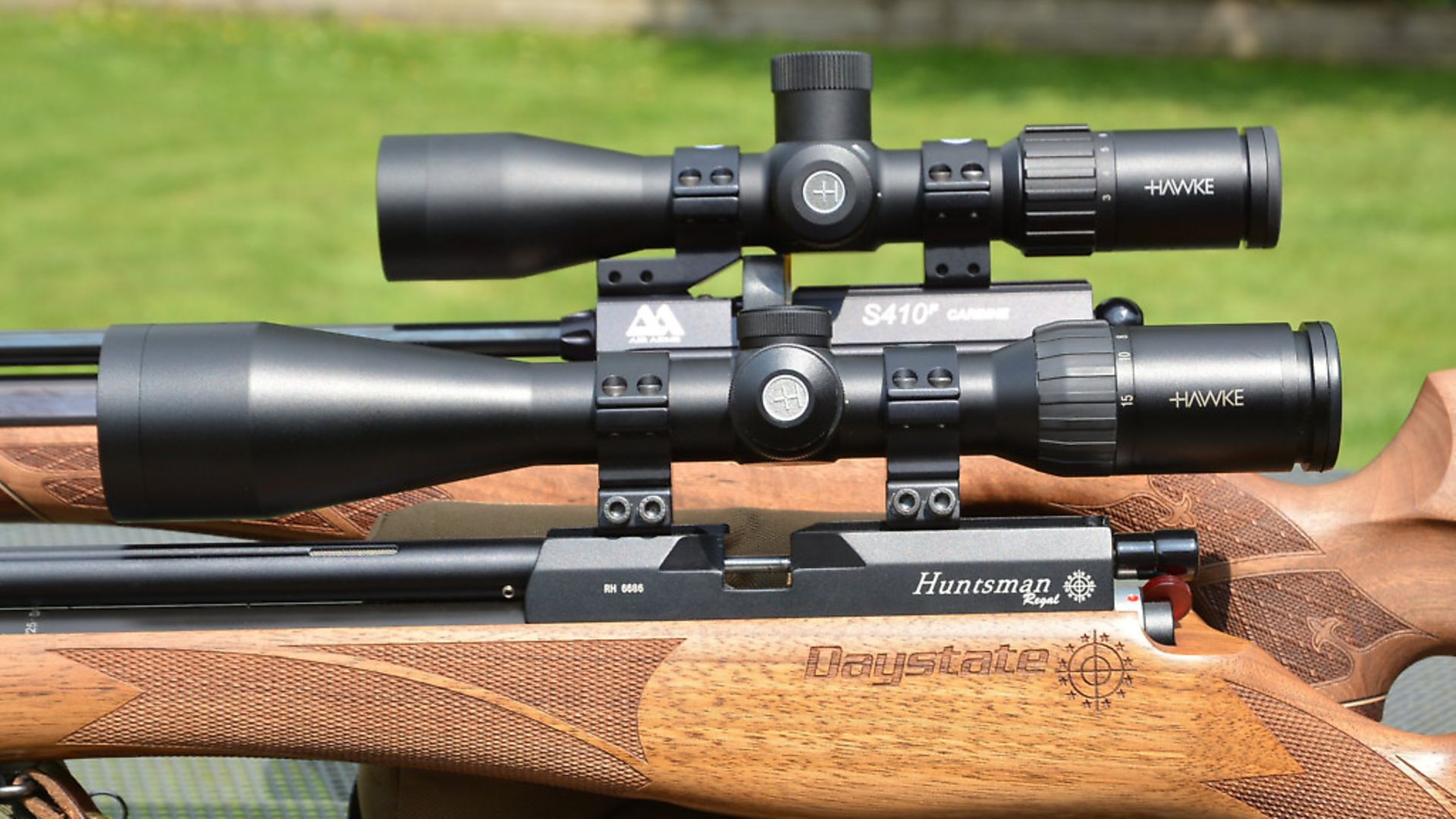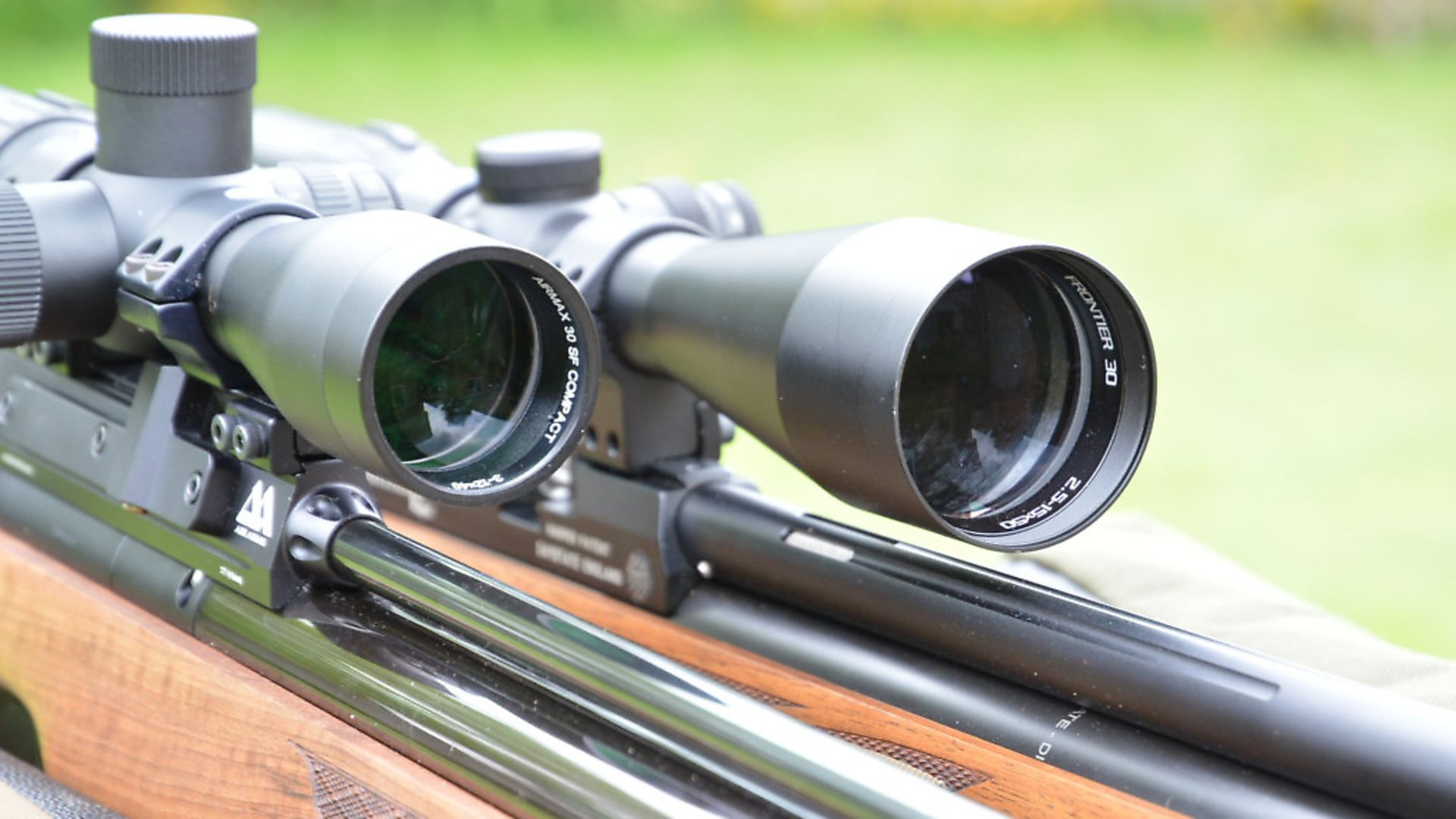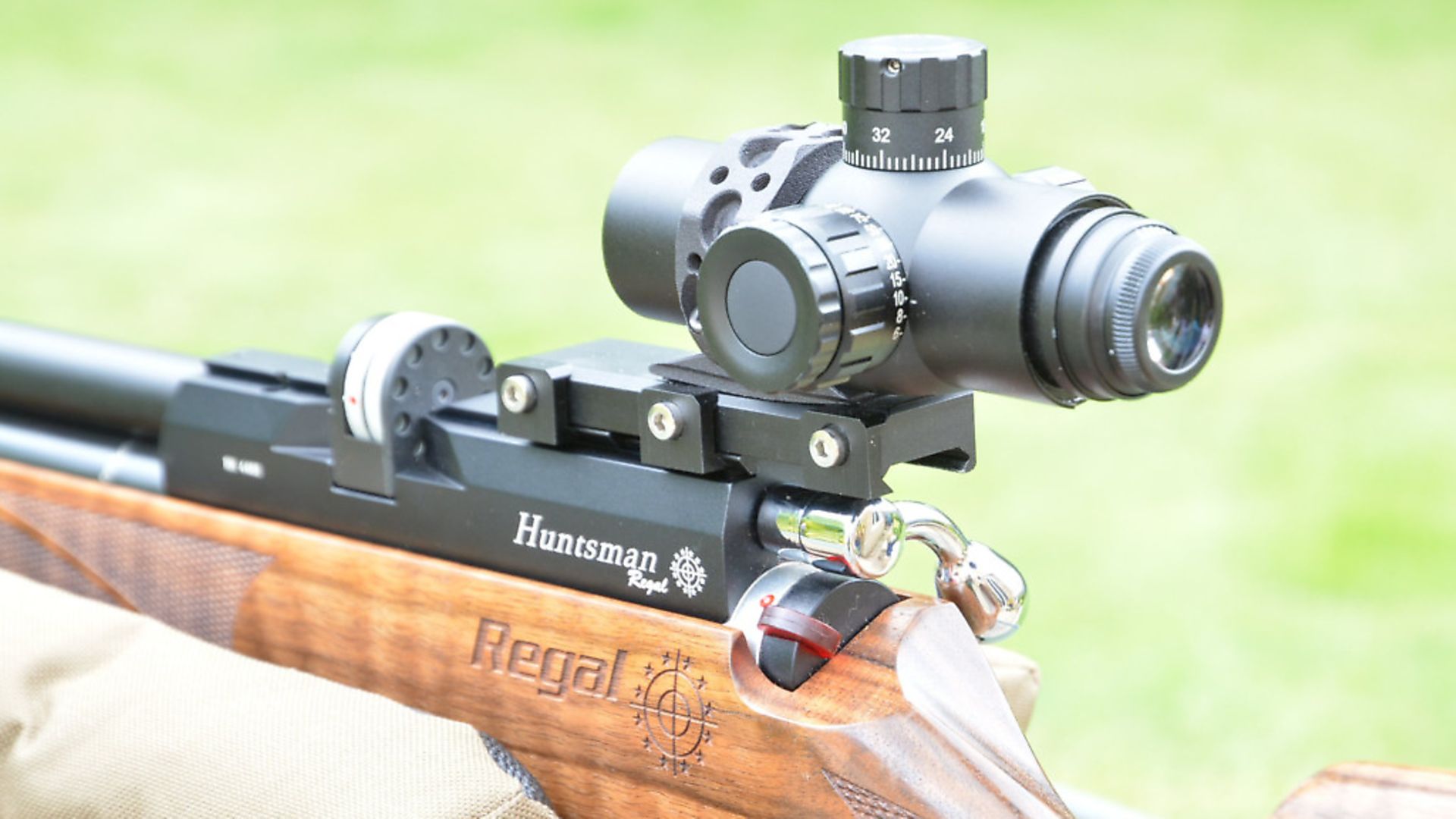Phill Price applauds a recent trend in scope size reduction
 credit: Archant
credit: Archant
I'm a self-confessed optics nut with an embarrassingly large cupboard full of scopes, binoculars, camera lenses and too many other glass-filled devices. I simply love to be able to see more though a device than the average human eye can see when out in my beloved countryside. Magnifying an image enlarges the delicate details, and high-quality lenses and coatings deliver sharp image quality, just like an HD TV. Quite often, though, a simple optic of high quality is all we really need to get the most from our sport, provided we know how to make the most of one.
The numbers game
Often, people don't understand the meaning of the numbers used to describe optical devices. For example, the once popular, but now rare 4 x 32 scope has probably put more meat in the freezer than any other. The '4' means 'four times magnification' and the '32' tells us that the front lens, the objective, is 32mm in diameter. The almost equally popular 3-9 x 40 tells us that you can vary the magnification from 3x up to 9x, and that its objective lens is 40mm in diameter. Once you grasp those numerical references you can understand most field optics.
Much is made of the size of the objective lens in terms of its ability to gather light, but this is an over-simplification. The quality of the glass, the standard of finish and polishing, plus the coatings determine the image you'll see and how bright it is. In low light conditions this can be a make or break factor when it comes to achieving successful shots. A high-quality, 40mm lens will literally outshine a poor 50mm one. It seems today that 50mm objectives have almost become standard, whereas at one time they were seen as extraordinarily huge.
 credit: Archant
credit: Archant
Subtle change
Some manufacturers have gone bigger still, with 60mm lenses seen at gun shows on firearm scopes. So, assuming that you're a 12 ft.lbs. hunter, just what do you really need? I should put my cards on the table here and say that, as ever, I'm out of step with fashion. Today, the trend is for ultra-high magnification and huge objective lenses, as used by military snipers to make 1000-yard-plus hits, but is that what the airgun hunter needs for a 25-yard shot on a squirrel?
These mega scopes tend to be long and bulky so when mounted on top of an average-weight sporter, they can create a very top-heavy feel. This can spoil the handling of a fine rifle, so it's important to choose a scope that sits well on your gun. This is even more of an issue if you own a bullpup because these rifles tend to be top heavy before you even fit a scope. They also force the use of high mounts to get the needed clearance, and these exacerbate the problem even more.
With this trend in mind, I'm pleased to report on what I hope is a subtle change in the marketplace with the highly respected brand of Hawke Sport Optics offering a new range, in the form of their Airmax Compact. As the name suggests, these scopes are smaller and lighter than most and ideal for sporting rifles used in hunting situations. They offer a 3-9 x 40 and a 4-12 x 44, alongside a more target-orientated 6-24 x 50, but it's the first two that interest me. They offer all the quality and optical performance that Hawke products are rightly famous for in a far more practical package.
 credit: Archant
credit: Archant
Image quality
At a recent shooting show I noticed that MTC Optics has taken this downsizing even further with their upcoming 10 x 30 SWAT prismatic scope, which is truly tiny. They couldn't give me the weight of the production scopes, but even with their dedicated mount they must be very light indeed. Although it's fixed power, the unbelievably huge field of view should make it a truly practical hunter's model, and I can't wait to test one when they arrive in the summer.
 credit: Archant
credit: Archant
Recommendation
If I could offer one recommendation that I hope you'll remember, it would be to buy the highest quality scope you can afford. You really do get what you pay for when it comes to image quality. When you stand in your local gun shop in broad daylight and look through a few different brands and models, they very often all appear the same. You don't see the difference until you're out in the field, searching a branch for a squirrel in dappled light, or spotting a feral pigeon high on a dark beam in the roof of a shed. This is where superior image quality makes a huge difference and I've tested just about every scope ever made, so I know what I'm talking about. I always say, 'you can't shoot what you can't see' and I've been hugely frustrated when testing poor-quality scopes that simply wouldn't let me see my quarry's kill zone clearly, so I had to let the shot pass.
Let's see if, as I hope, the trend for ever bigger and heavier scopes has come to its end and that more scopes that make sense in the real world will be offered by the premium brands that we know and trust. I'll keep my eyes open for such optics and review them for Airgun World as soon as I can.
__________________________________________________
Read more...
Is one scope enough for a successful shot?
The anatomy of a scope
Fitting a scope for improvement